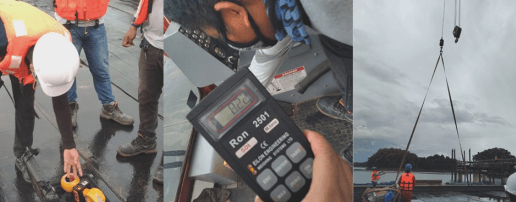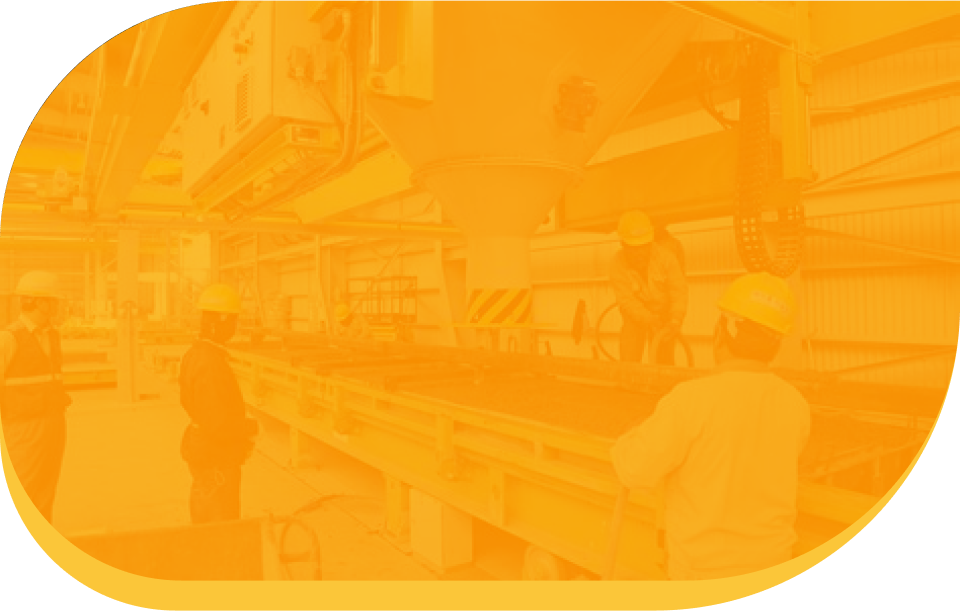Why Do You Need a Calibrated Load Cell During Load Testing

Cranes and other various lifting equipment are widely used in many industries that require lifting of heavy loads. The use of lifting equipment provides ease and convenience to daily operations such as in construction, manufacturing, shipyards, warehousing, and other similar industries. However, along with the convenience cranes provide in lifting heavy materials, it also poses serious hazards not only to the operators but also to those personnel working on the ground due to overloading.
What is overloading? It is when a crane is operated beyond its capacity, such as;
1. lifting loads exceeding the limit
2. abrupt movement of loads
3. operating even in the presence of faulty components
4. dragging of loads
5. uncentered/side-loading
In fact, the Occupational Safety and Health Administration claims that 4 out of every 5 crane upsets and/or structural failures are caused by overloading, with the root cause attributed to human error. Overloading a crane may cause damage to its structure and consequently, lead to accidents which puts workers in imminent danger. Moreso for older cranes, which may not be equipped with today’s more modern safety devices for over-capacity and misuse prevention.
Aside from day-to-day crane operations, overloading may also take place when conducting periodic inspection and testing. During preparation of test weights needed for load testing, it is not uncommon for operators to be very complacent or forget to verify the test weights before performing the load test, especially when they already have an estimated weight in mind. This is where the use of a load cell comes to use.
Load cells are used to measure the weight of objects by translating mechanical force into readily-usable digital values. They are widely used due to their accuracy and precision, which is very helpful in ensuring that the load to be lifted is within the required range of the standards available.
Before anything else though, it is important to note that the load cell should be calibrated prior to use, as per regulatory standards. In LEEA 042 section 5.1, it states that force or load measuring devices shall be calibrated and verified by a competent person or authority at intervals not exceeding 12 months. In addition, under LEEA 042 section 1.2, as required by Lifting Operations and Lifting Equipment Regulations 1998 (LOLER), the personnel in charge of the calibration shall have: ‘such practical and theoretical knowledge and experience of the lifting equipment to be thoroughly examined as [it] will enable them to detect defects or weaknesses and to assess their importance in relation to the safety and continued use of the lifting equipment’.
The accuracy of the calibrated cell load shall also be within +/- 2% of the nominal load. Use of a calibrated load cell during load testing determines and ensures:
(a) that cranes and other lifting equipment can still lift the rated load that is declared by manufacturer; and
(b) avoids overloading which can weaken and shorten life expectancy of the equipment.
It is inevitable for structural damage to occur over time, but we can slow down the process by avoiding overloading and other forms of equipment misuse. Regular calibration of equipment as well as ensuring that all personnel involved during operations have sufficient and proper knowledge and training will not only help in maintaining the structural integrity of the equipment, but also prevent or lessen the chances of hazards or work-related accidents from happening.
For any training needs or concerns, please visit people360.com.ph.
Sources:
Why Do You Need a Calibrated Load Cell during Load Testing Reference: LEEA 042. Technical Requirements for Members and Guidelines. Version 2 January 2015.
Loading crane. (n.d.). [Photograph]. Adobe Stock Photos.
Join the community to comment


Need more help?
Our team is happy to answer all your questions about our services.

